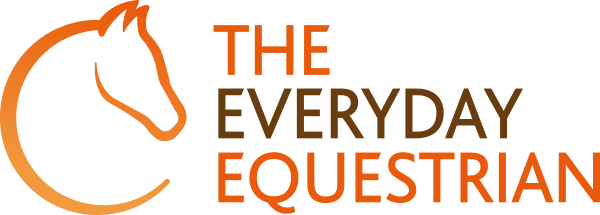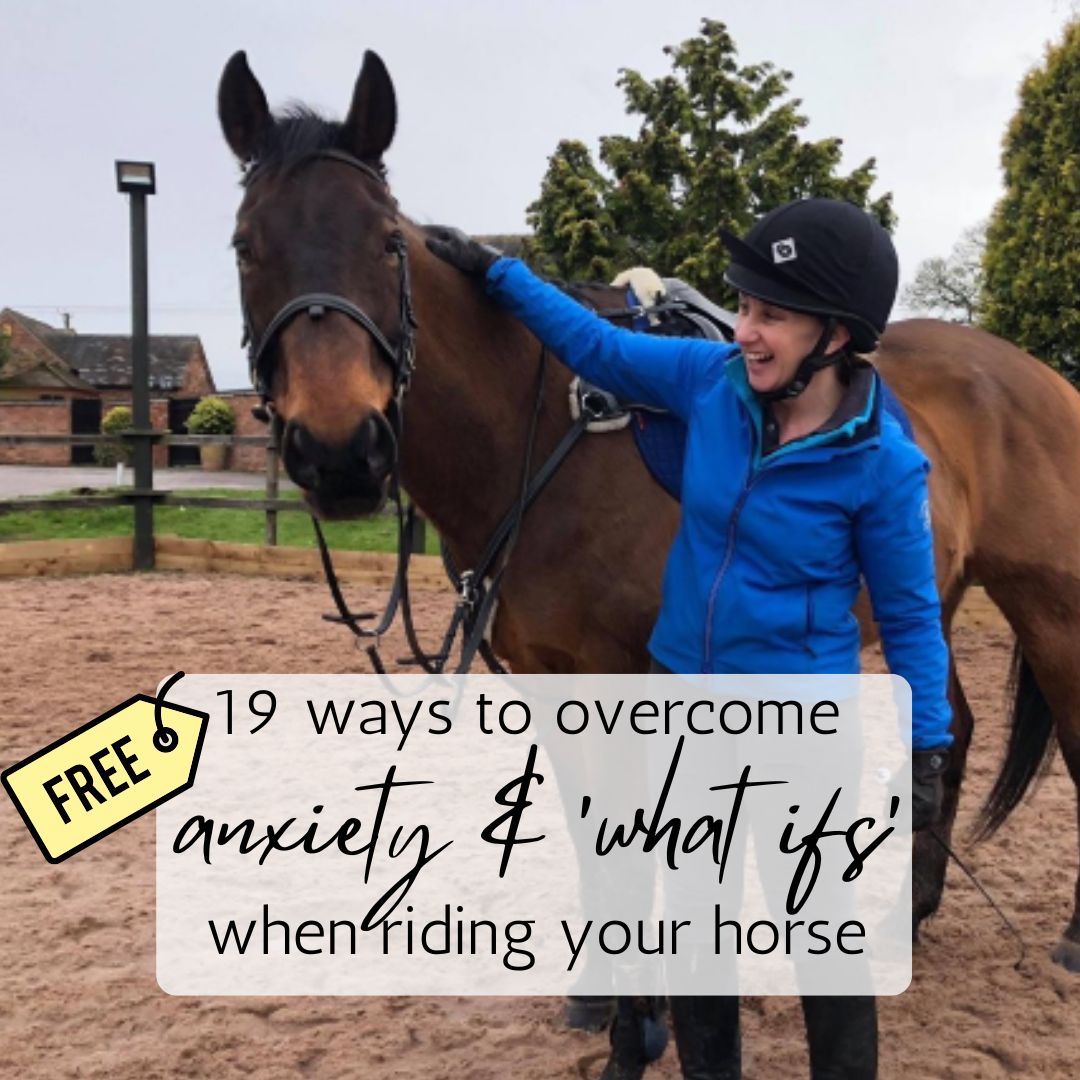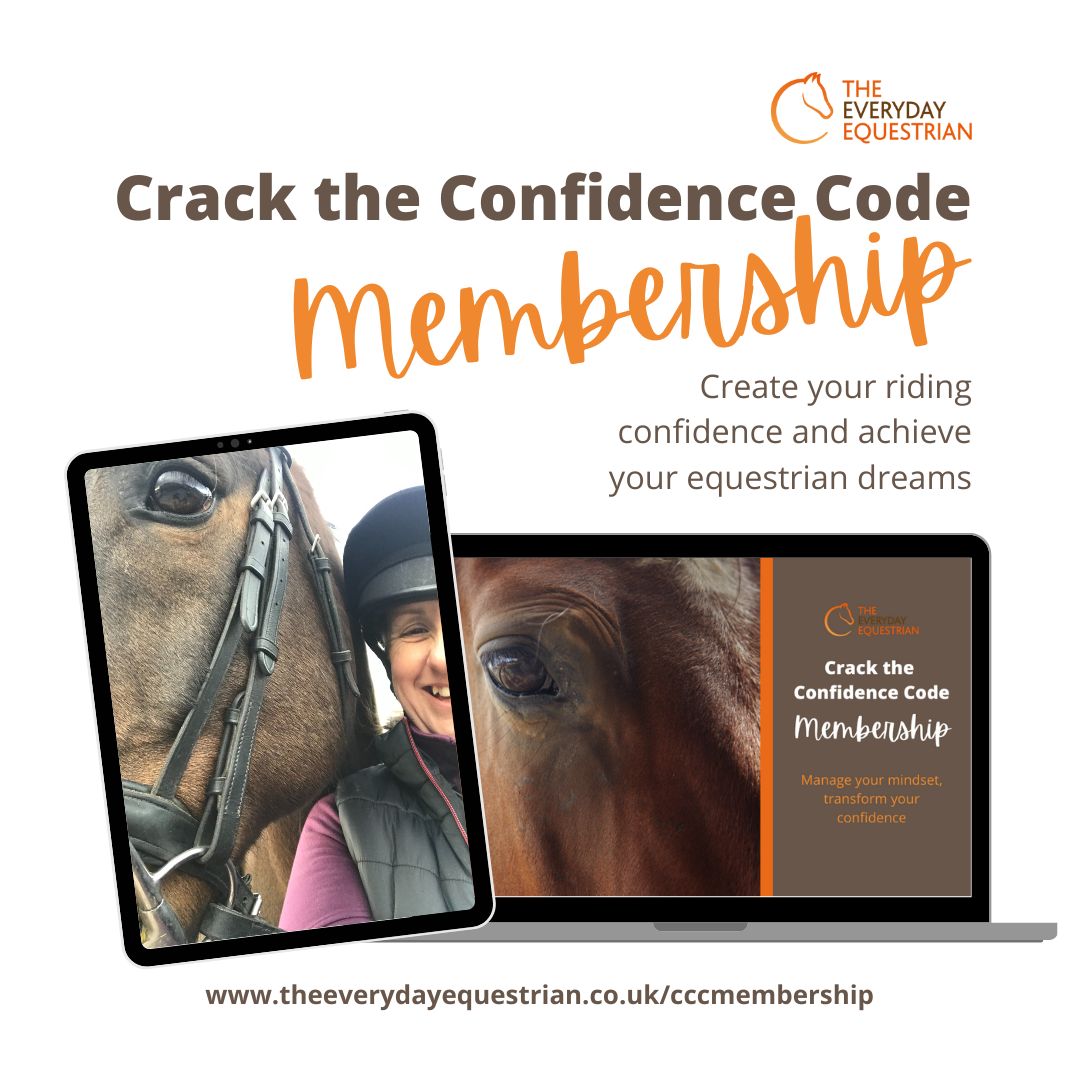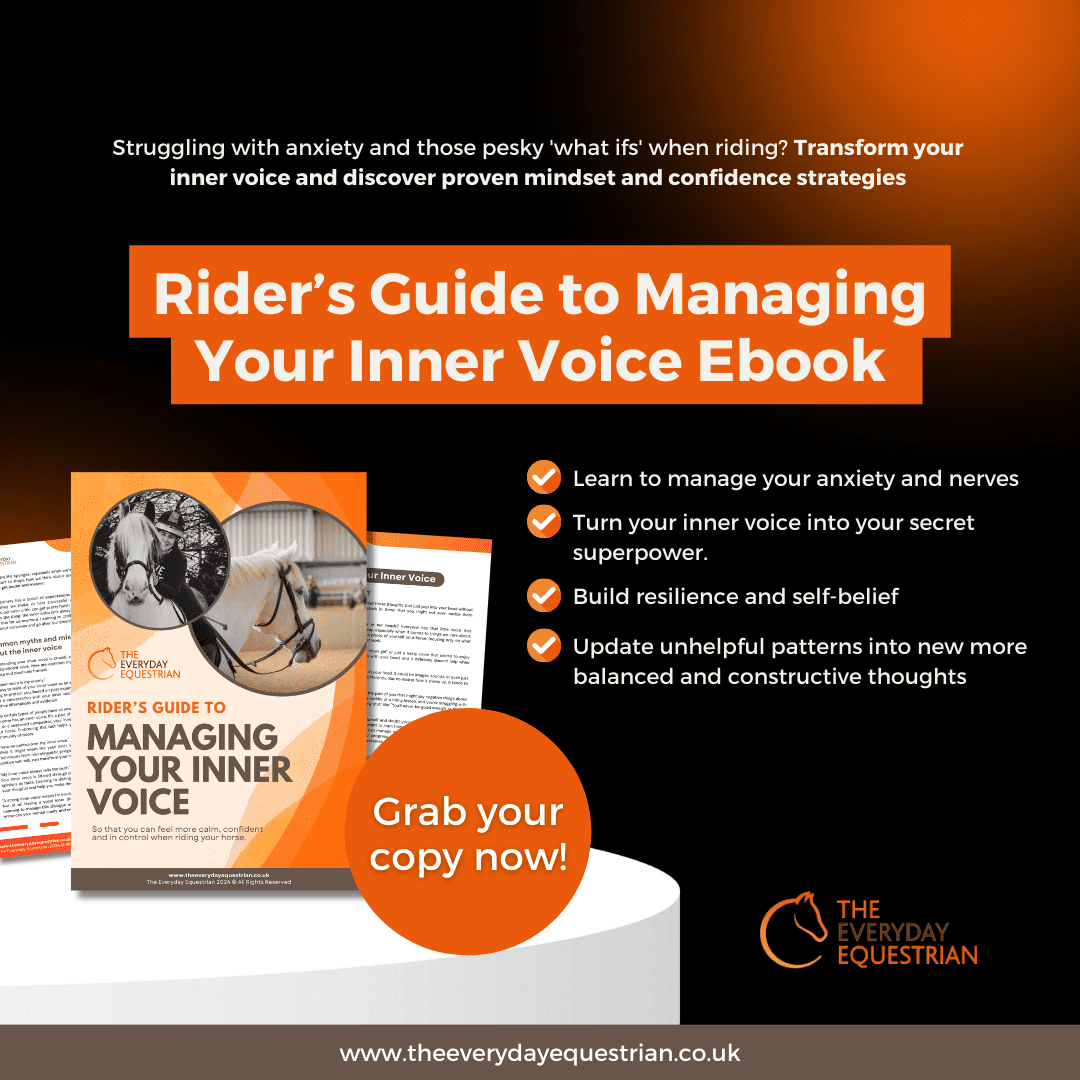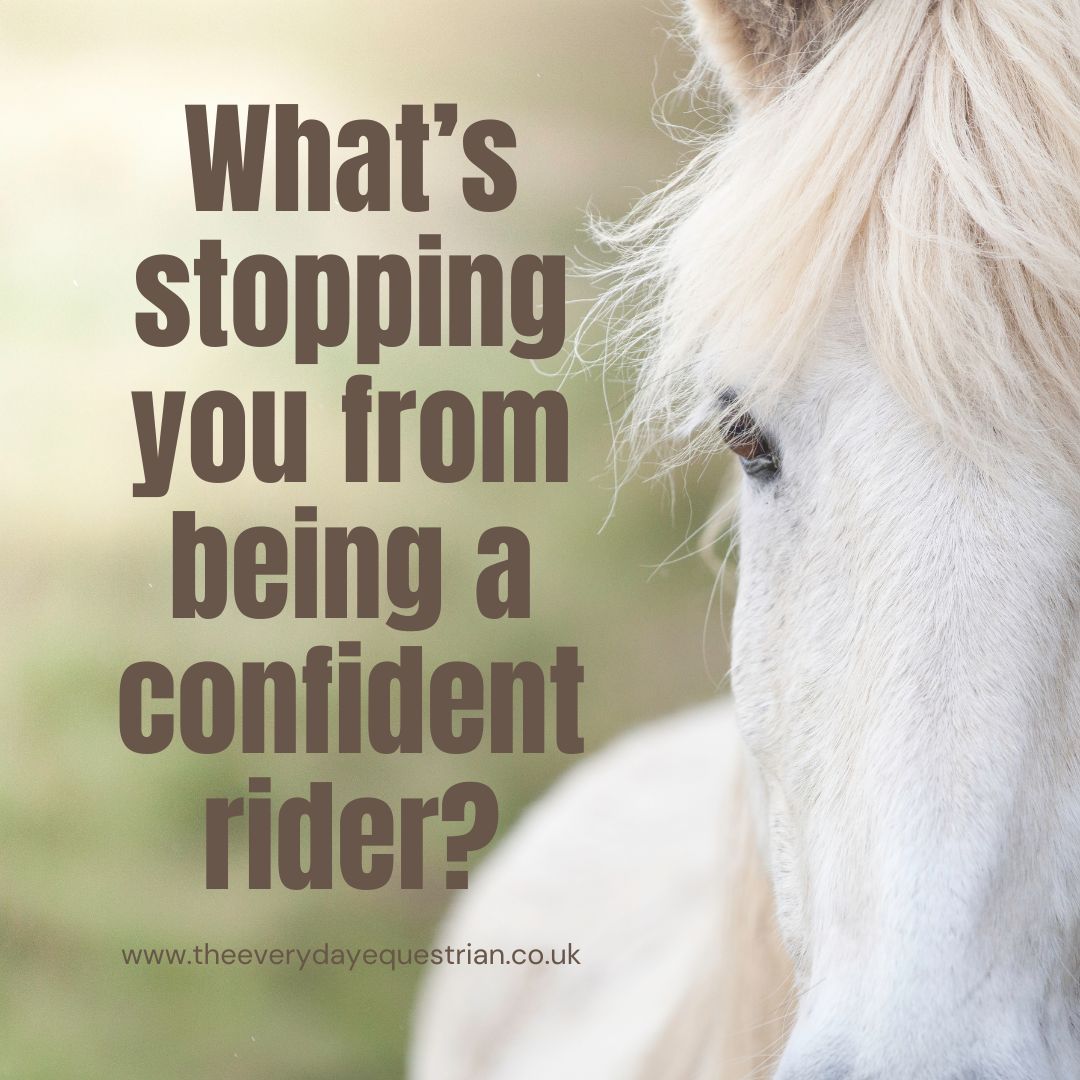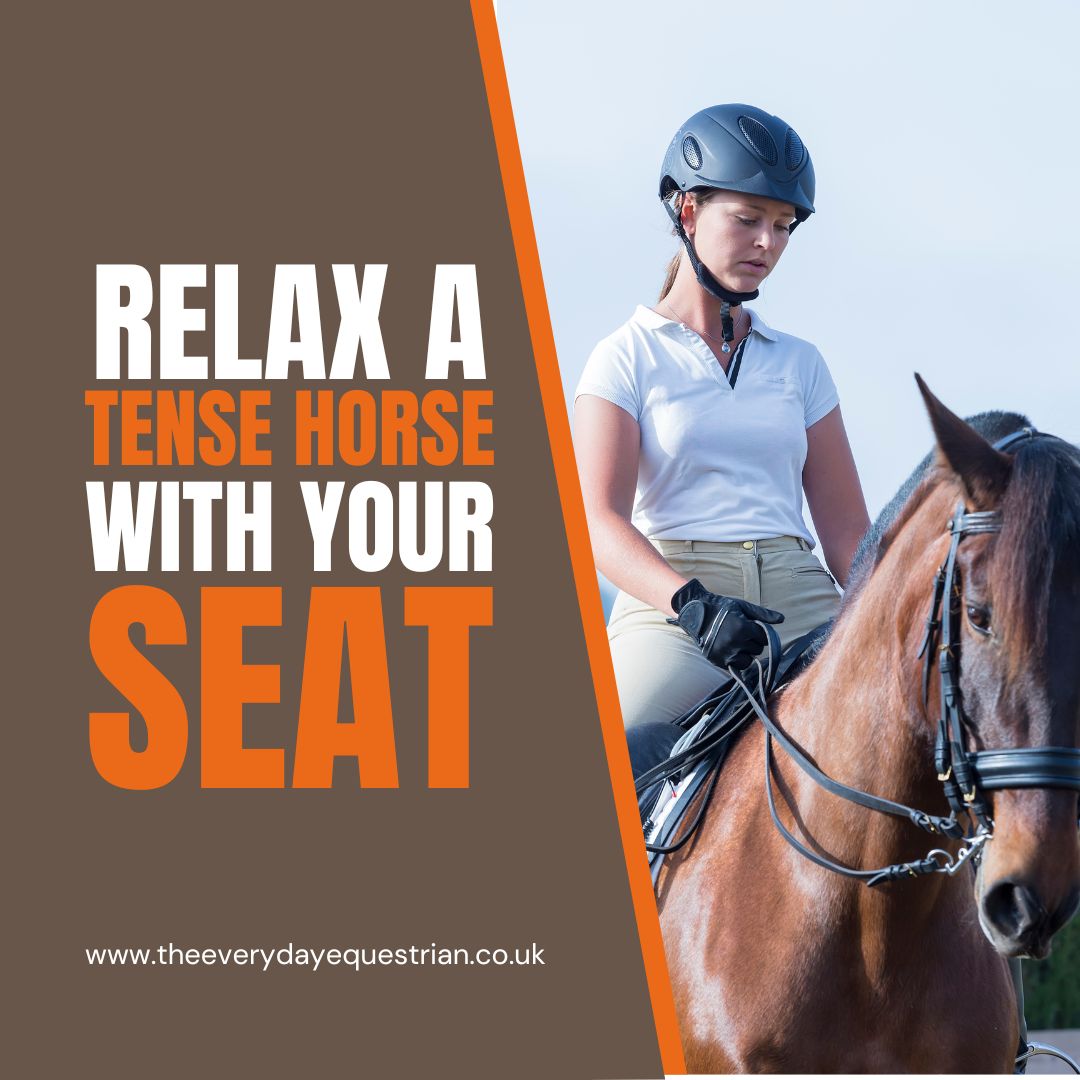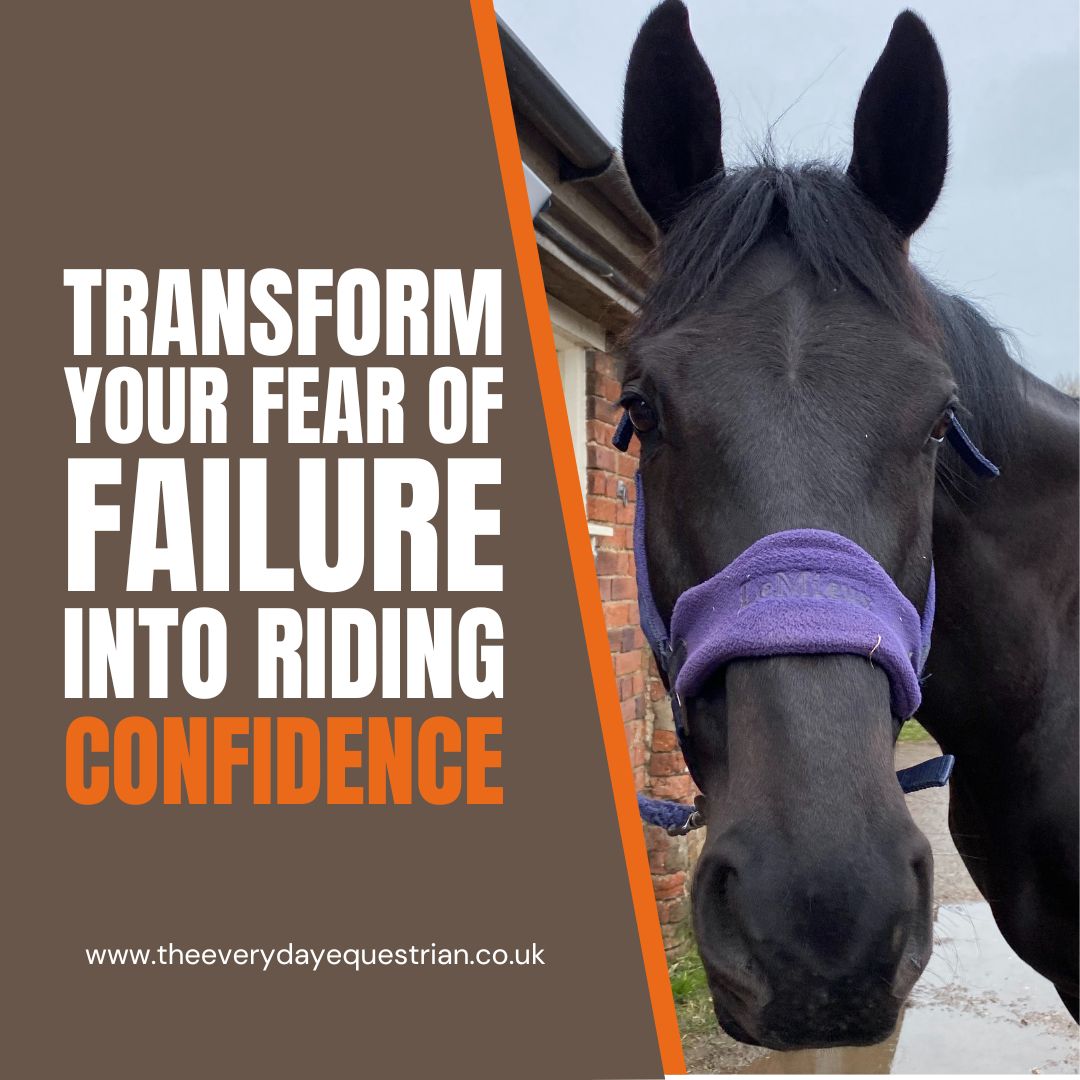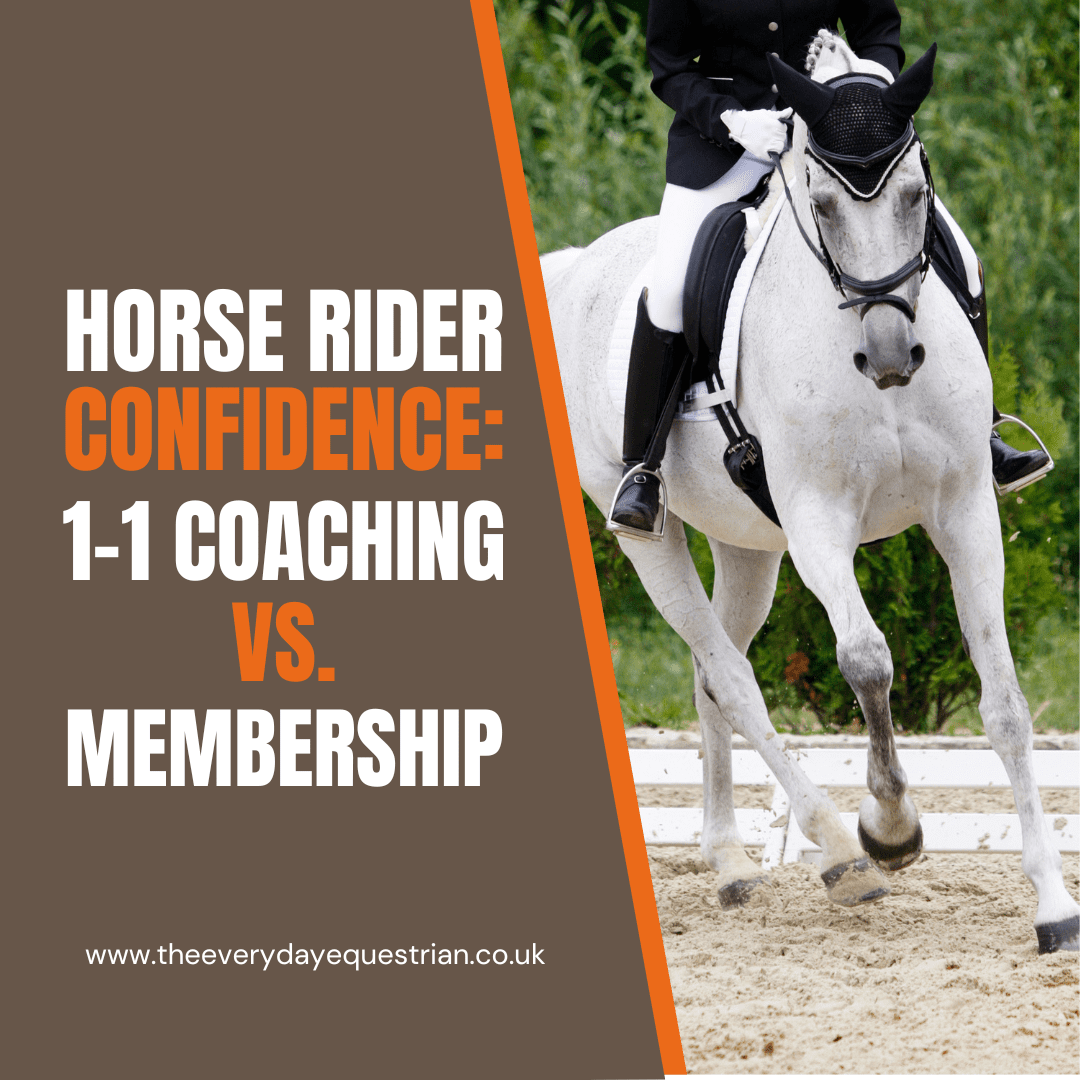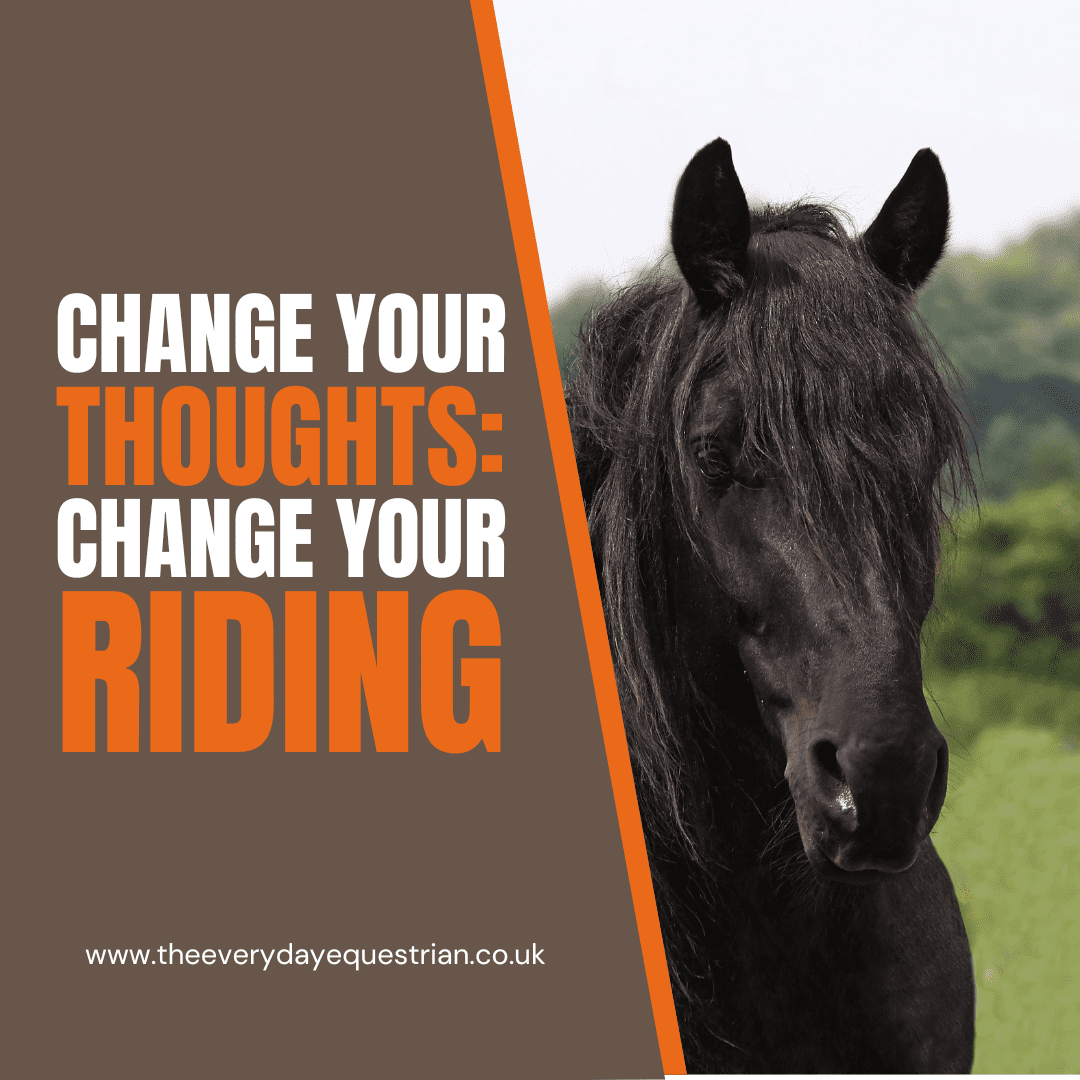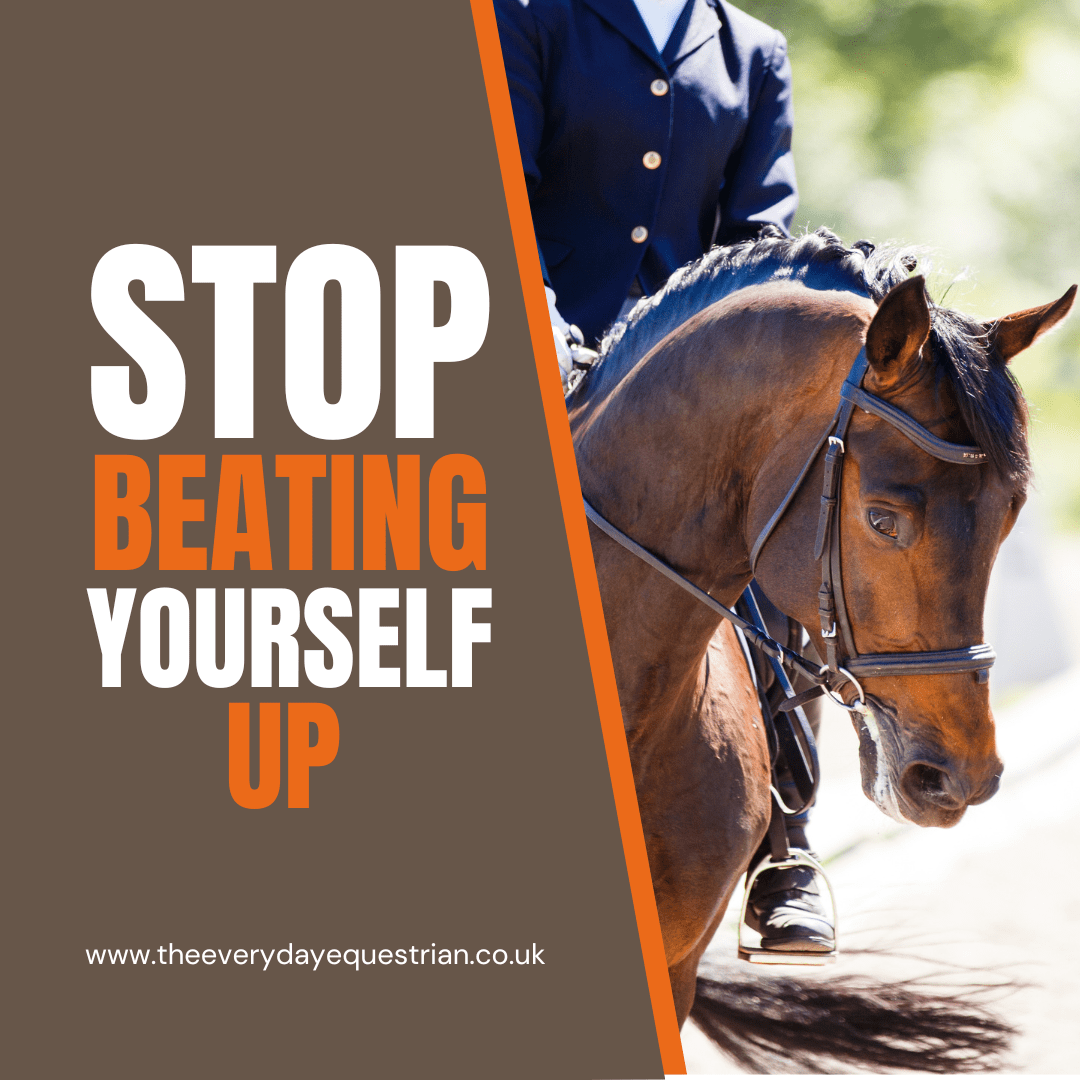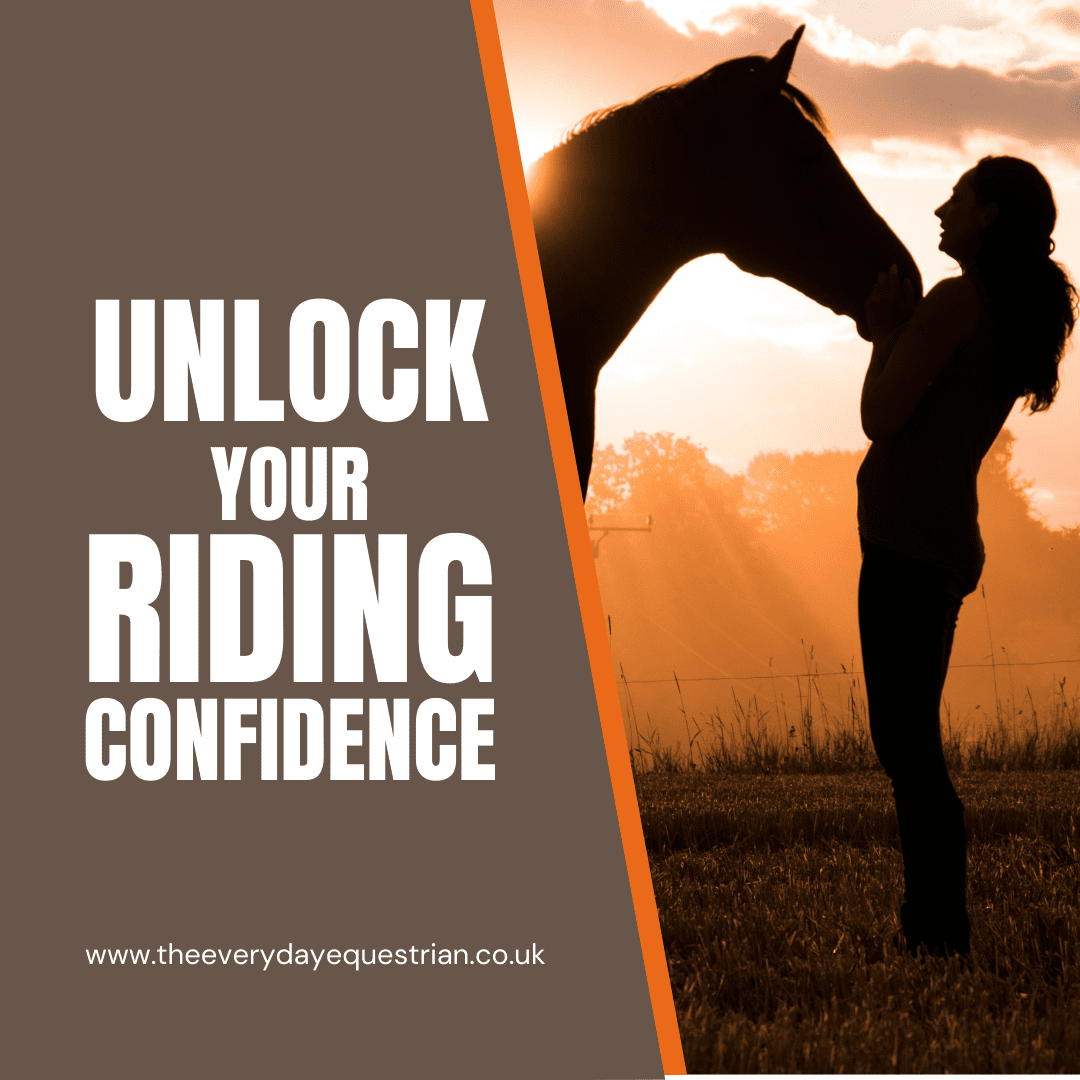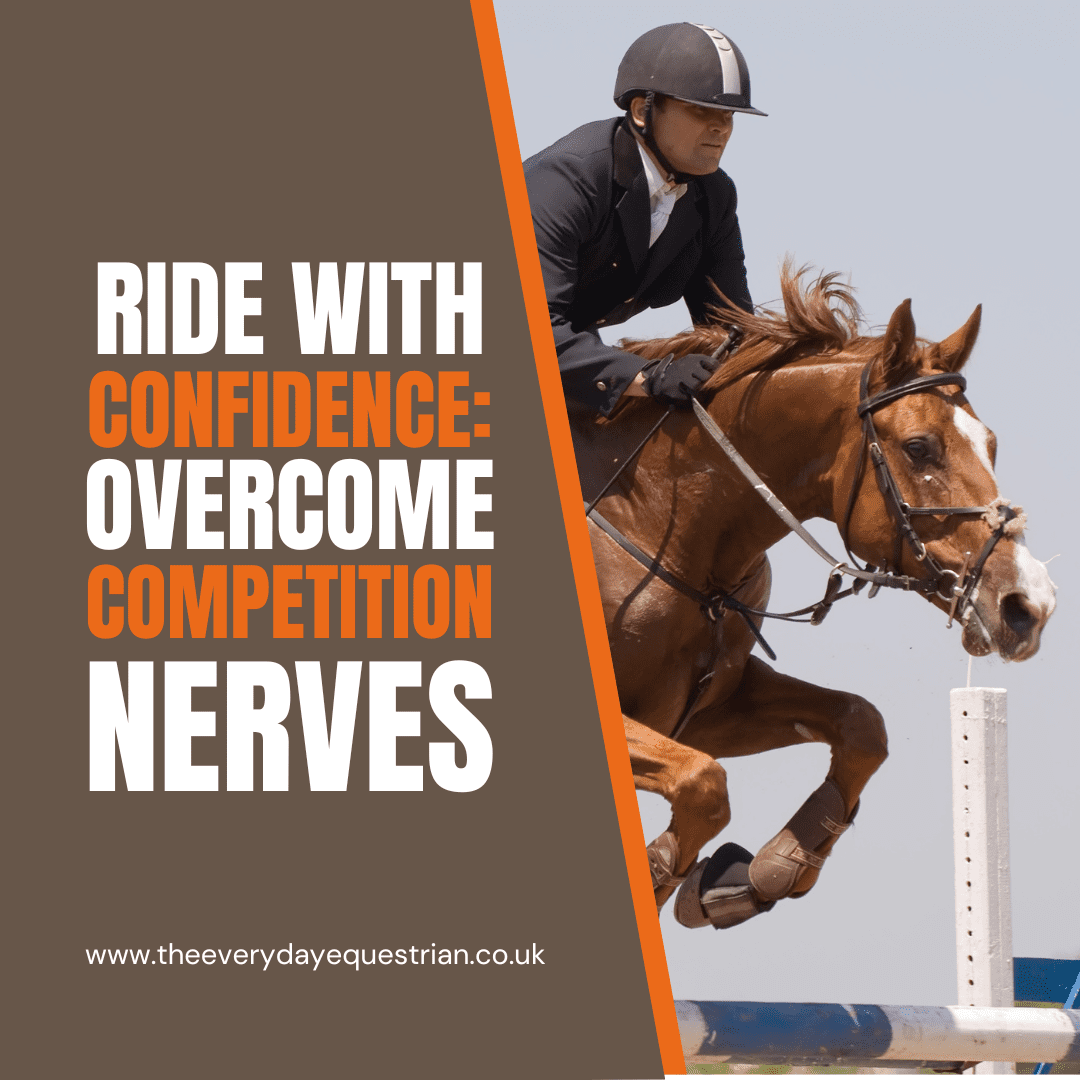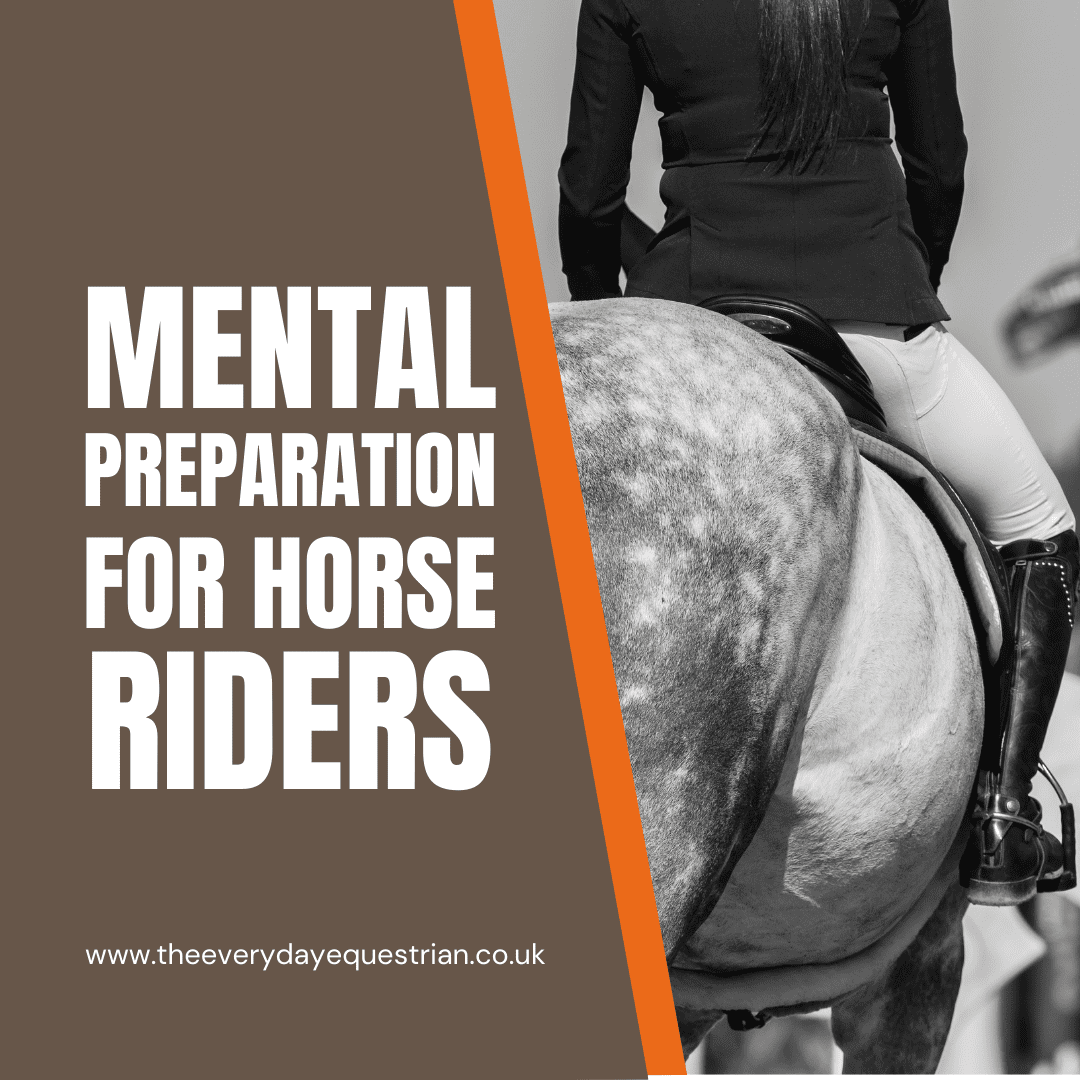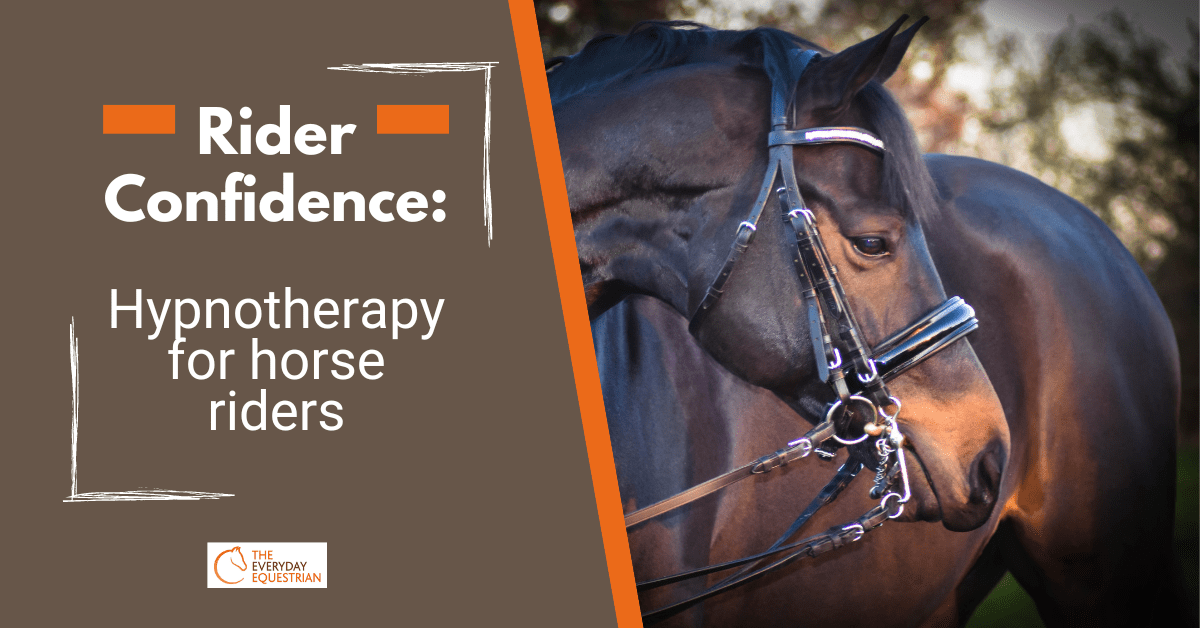It’s OK, you’re not alone. Many riders struggle with feeling scared when riding, and the good news is that you can learn how to overcome your fears, and get back to doing what you love.
There are many different reasons why you might be feeling too scared to ride. Perhaps you’ve had a fall, or you’re returning to riding later in life after having a family, or maybe you can’t really explain why you’re suddenly terrified of getting on your horse? Whatever your situation, there are plenty of ways in which you can rebuild your confidence.
Remember that fear is important, and its purpose is to keep us safe. We can’t get rid of fear, and actually that’s a good thing! Fear helps us to survive. It kick-starts a physiological chain reaction, which primes our body for the flight or fight response to help get us out of immediate danger. This is when we experience those often uncomfortable physical sensations of a pounding heart, fast and shallow breathing, sweating, jelly legs and rising waves of panic.
The trouble is that if this happens while we’re riding, our horse immediately picks up on it and becomes tense and fearful themselves, and as prey animals they have a strong flight or fight instinct… which in turn makes us feel even more scared… which becomes a vicious circle of stress!
To compound the issue further, our ancient lizard brain (the part of our brain whose sole function is to help us survive) cannot tell the difference between a real and a perceived or imagined threat. It will respond by interpreting any and every threat in the same way, i.e. by instigating the flight or fight physiological response.
So while this might seem like an insurmountable problem, I want you to understand that all of this is actually really good news! Why on earth is this a good thing?
Well, firstly I want you to know that if you experience fear, that you are a completely normal human being. You are responding exactly how a human being is programmed to respond to a threat. There is absolutely nothing wrong with you!
Secondly, you have the power within you to interrupt and downgrade your fear response, if it’s appropriate and when you choose to do so. This means that you do not have to stay feeling like a victim of your physical and emotional response, so that you can quickly get back to riding positively again.
You just need to know how, right? Here are my simple steps you can take to stop feeling scared:
Recognise that what you are experiencing is fear.
Notice how your physical sensations have changed, and become aware that these are simply a manifestation of the flight or fight response. You could even label your fear as excitement, as they trigger the exact same set of physical responses!
Press pause.
Take a moment to acknowledge what is happening, and slow your breathing down. Breathe in through your nose, and out through your mouth.
Observe your thoughts.
Notice the thoughts in your head, and accept them for what they are; they are simply thoughts passing through your mind, and thoughts are not truths. Be objective and non-judgemental, notice your thoughts as if you are an independent observer who is gathering impartial information for a report or a case study.
Broaden your focus of attention.
What can you see and hear around you? What physical sensations can you feel from your body, in this moment right now? How much detail can you add to the information you are gathering from each of your senses?
Find the bigger picture
What’s the broader focus of what you’re doing right now? How important is what you’re doing in the grand scheme of things? How might someone else interpret this situation? What would a trusted friend or your coach say to you right now?
You have a choice.
Make a positive decision about what to do next. Perhaps you need to reassure your horse, or regain his focus on you, or distract him by riding a transition, a school movement, or putting your leg on. You always have a choice in what you think, feel and do, and commit to doing something that will help you feel in control and positive, right now. Do what will be effective and appropriate to your situation. The priorities are staying safe and in control of yourself and your horse, so whatever you choose with these principles in mind is fine.
Once you take positive action in the situation where you were feeling scared, you start to re-engage your rational, conscious thought processes, and you begin to feel empowered and more confident. Taking small steps to positive, appropriate action is the antidote to feeling scared, plus you’ll find the added bonus of giving your horse confidence too!
You need to practice this process over and over again, until it becomes automatic when you’ll suddenly realise that your emotions are under control and you start to really enjoy your riding again.
And you can, can’t you?
